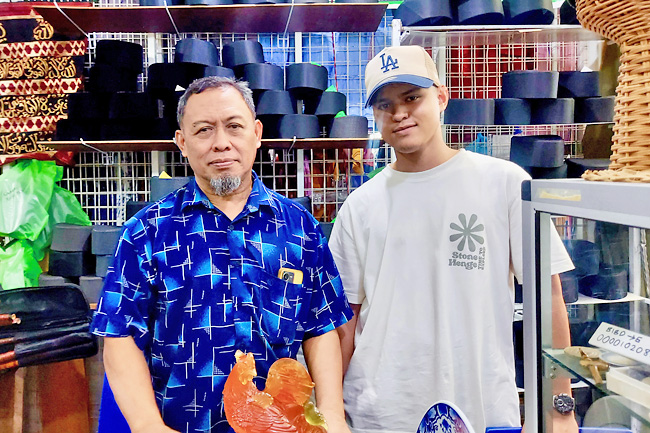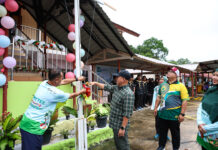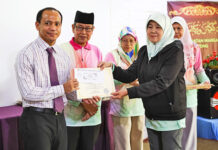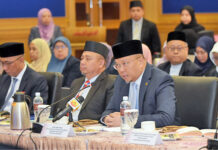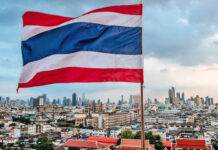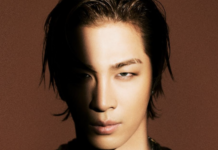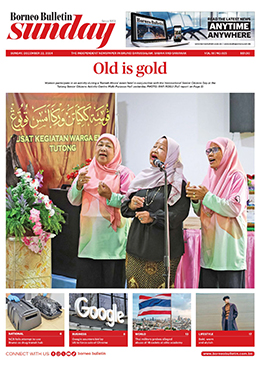With only a handful of days until the moon sighting, it feels like just a few moments before Muslims across the globe will usher in Hari Raya.
The run-up to this joyous occasion is a whirlwind of preparations – deep cleaning homes, artfully stringing up the Hari Raya lights in defiance of gravity, and for the men, embarking on the annual quest for the perfect songkok.
The songkok, a traditional headpiece that’s a staple in the Sultanate’s wardrobe, has kept its unique oblong shape over the years but hasn’t stayed the same otherwise.
It’s been changing and growing all across the Malay archipelago, shifting with what people like and want.
Originally coming from the rounder kopiah, the style of songkoks in Brunei has also shifted a bit. The cultures and trends from different parts of the Malay archipelago have mixed, influencing each other.
Talking to the Bulletin, Kamarudjaman bin Abu Bakar, who’s been making songkoks with his wife for more than 20 years, shared that the big thing this year is a flat top, with a shorter height, apparently a type of songkok favoured by His Royal Highness Prince ‘Abdul Mateen.
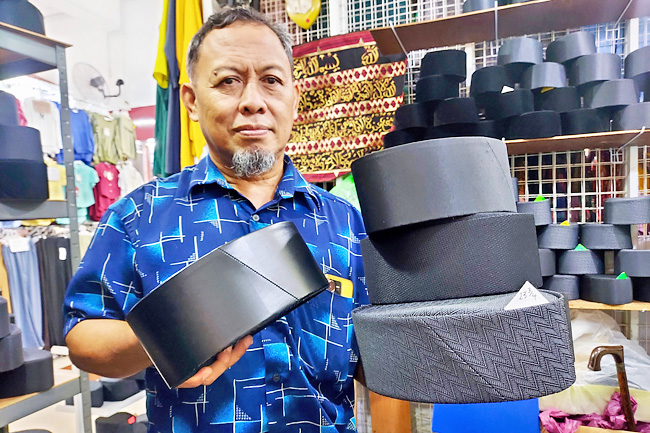
Earlier this year, the royal wedding between His Royal Highness Prince ‘Abdul Mateen and Yang Amat Mulia Pengiran Anak Isteri Anisha Rosnah binti Adam captivated the world.
The grand festivities lasted over 10 days and were extensively documented and broadcasted globally.
“Young people are looking for songkoks with a flat top. Usually, there is somewhat of an arch, we call gunung. Its a type of songkok that Prince ‘Abdul Mateen is often seen wearing and a lot of young people are asking for it (that style of songkok).”
The style is simple and sleek, but with the customisability of songkok, the height, pattern and texture would create a different effect. According to the 59-year-old, there’s also a preference for songkoks, that are shorter in height or with shorter sides.
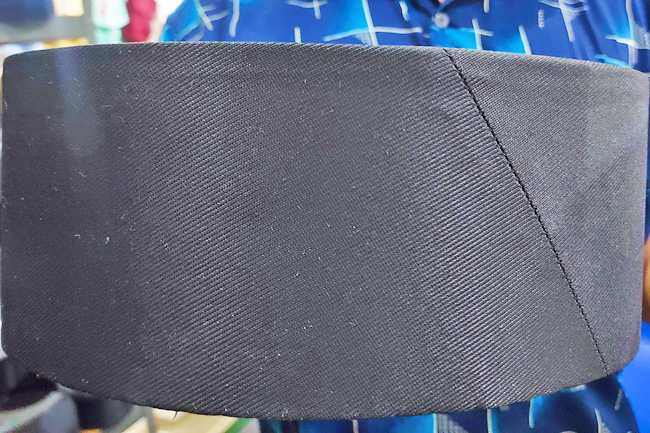
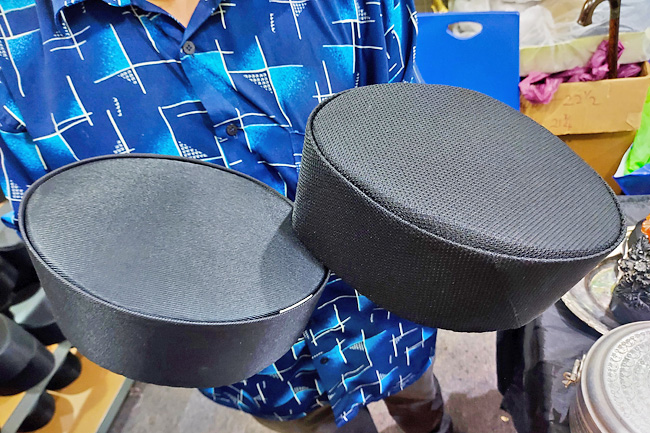
“A standard songkok,” he explained, “would typically be around 3.75 to four inches, but we’re seeing more customers requesting shorter ones, around three and a half inches and below”.
“It ultimately comes down to personal taste,” he continued, “because it depends on the shape of your head. But what never goes out of style is variety”.
The retiree mentioned that their business began incorporating modern sensibilities almost a decade ago, opting for nylon over the usual velvet due to its durability.
“The songkoks we make are all crafted with nylon at the moment, featuring different textures such as soft, smooth, rough and patterned.
“Subtly patterned songkoks are also becoming more popular nowadays. People seek variety from the regular solid black. That’s what people are looking for nowadays – variety, even in tradition.
“Nylon’s also good because, it doen’t scratch, it doesn’t catch dust and it keeps dry, so it will last you longer.”
Despite the songkok’s traditional uniformity as a part of our cultural attire, that doesn’t stop songkok makers like Kamarudjaman and his family from exploring bold designs. He mentioned that animal prints were more trendy decades earlier.
In his space at a shopping complex in Kampong Jaya Setia, he displayed songkoks made of faux fur, including one with tiger stripes, another in the colours of the Bruneian flag and even one made with leather.
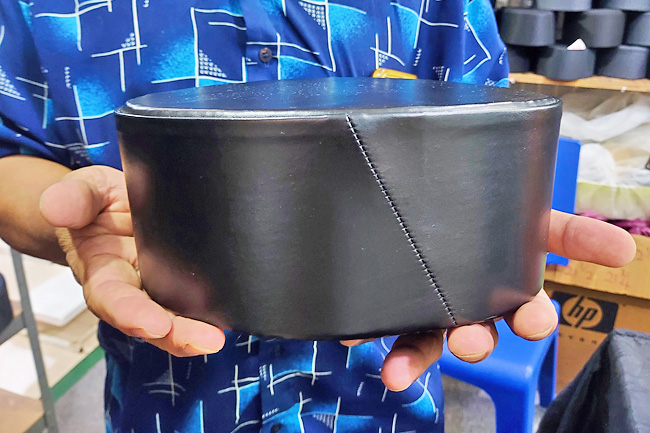
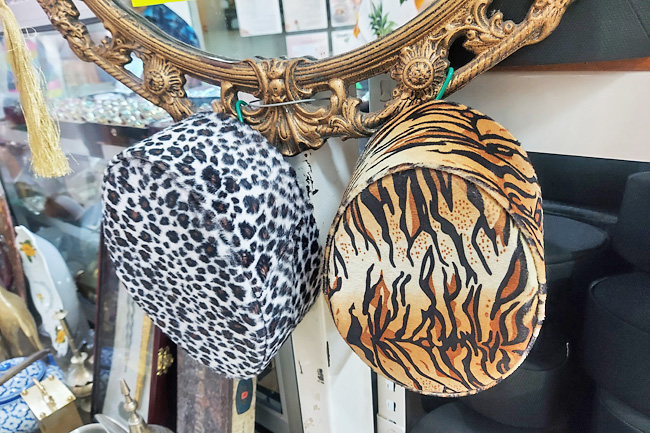
These designs were created for fun, he said, but are also available for purchase by those seeking novelty, adding that although they specialise on ready-to-wear songkoks, they also create bespoke pieces.
He continued, explaining that while fashion trends may come and go, the demand for the songkok has remained steady. Each year, he sells about 300 to 400 of them as a vendor in the annual Hari Raya bazaar.
“My wife and I, she handles all the sewing, while I take care of preparing and cutting the materials, as well as selling them during the festive season.”
Outside of their business, he finds fulfilment in the slower pace of retirement, often assisting his son in tending to the paddy fields.
“While our orders have decreased compared to the past, we’ve been fortunate to participate in some government tenders previously as well as the annual bazaars,” he said. “It’s a very seasonal business, but one that we are grateful to be a part of.” – Wardi Wasil
